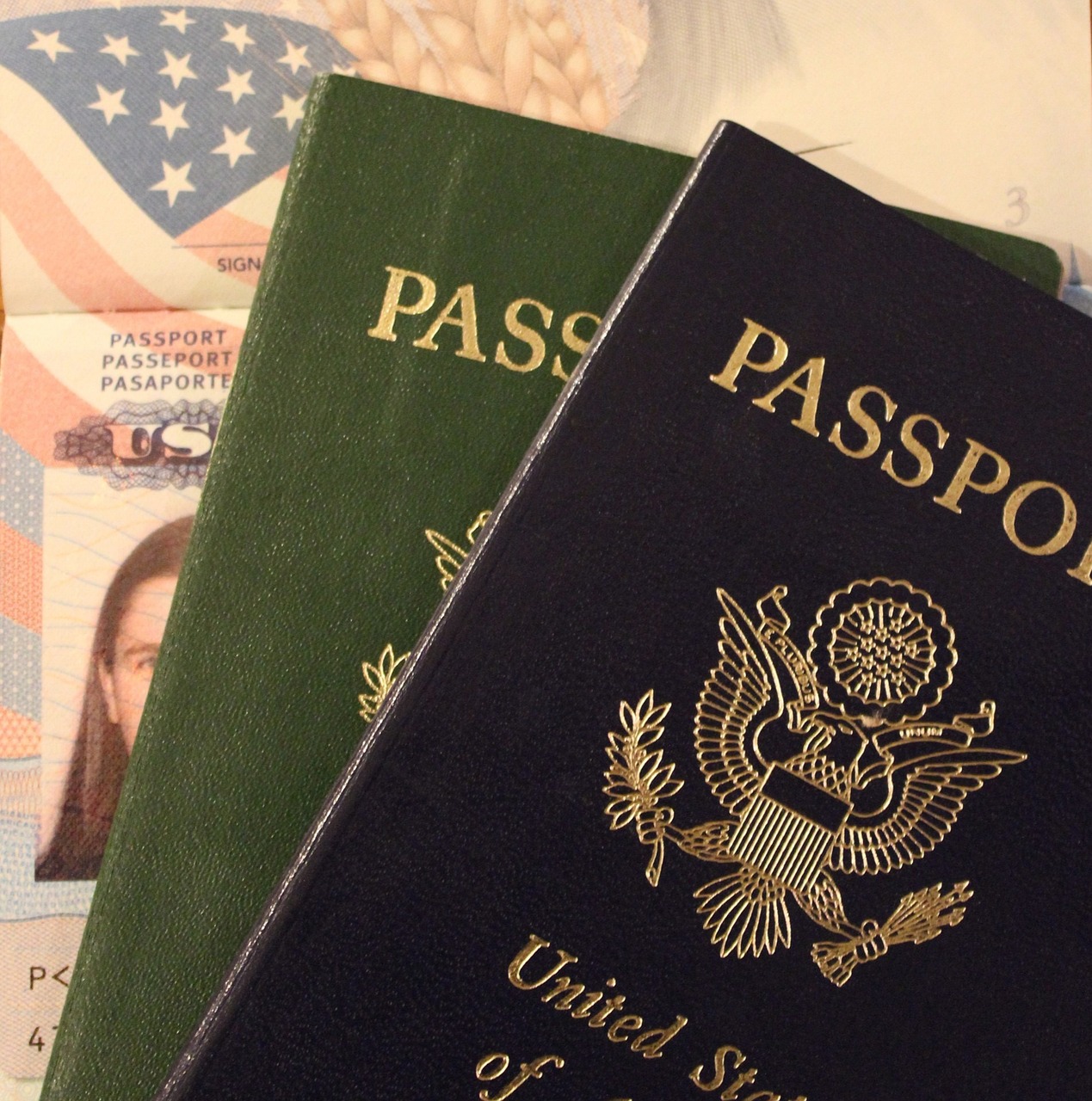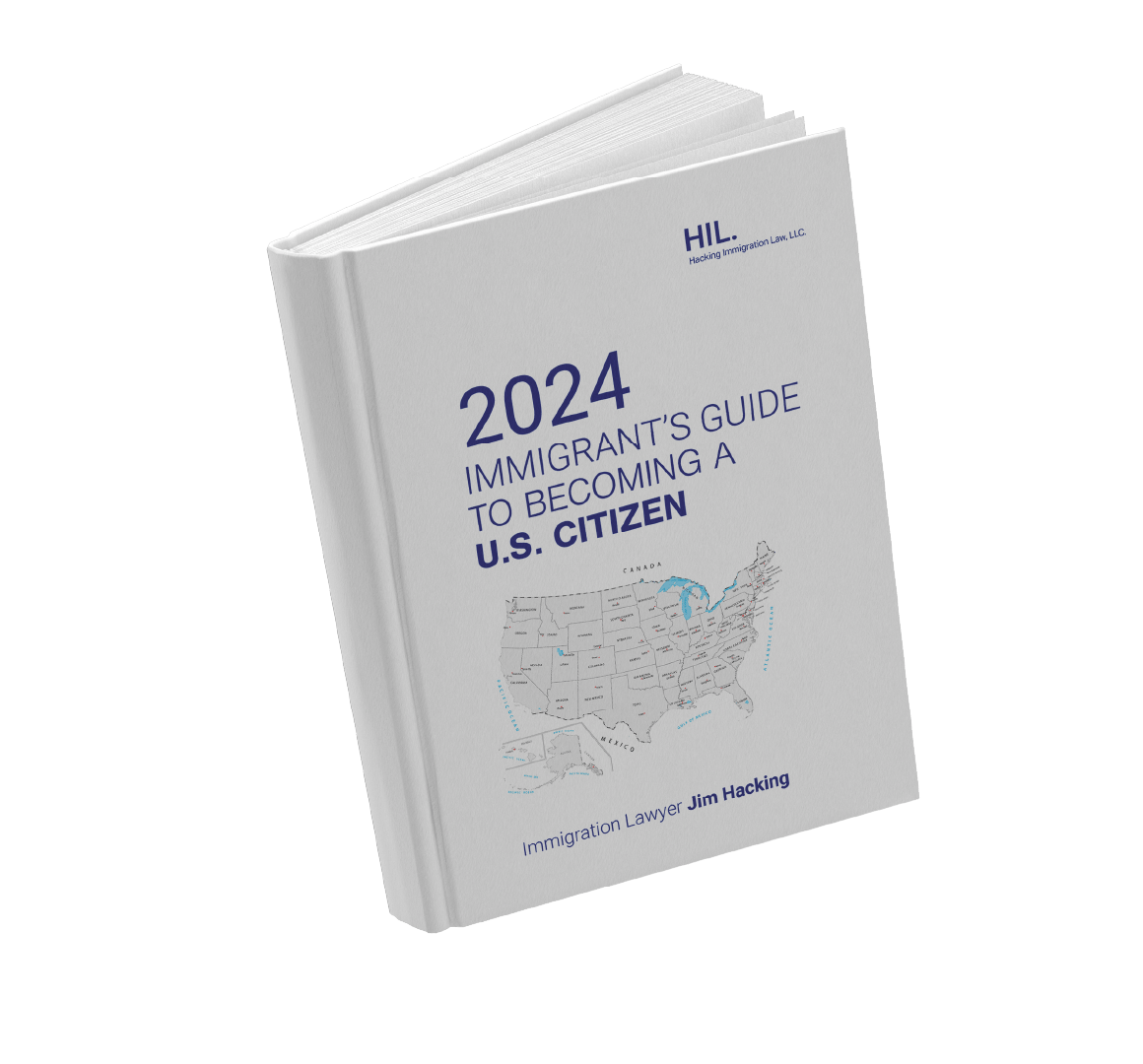
As an employer or foreign worker navigating the complex world of immigration, it's crucial to clearly understand PERM processing times.
The PERM Labor Certification process is often the first step towards obtaining an employment-based green card in the United States. However, the lengthy processing times associated with PERM applications can be a major challenge for both employers and foreign workers.
Key Takeaways:
Table of Contents
PERM, also known as the Permanent Labor Certification program, is a crucial step in the employment-based green card process. It is administered by the US Department of Labor's Office for Foreign Labor Certification (OFLC).
The purpose of PERM is to protect US workers’ wages and working conditions by ensuring that there are no qualified and available US workers for a specific job opportunity before hiring a foreign worker.
Understanding PERM processing time is vital for both employers and foreign workers. Delays in the PERM process can have significant consequences, such as potential gaps in work authorization and the expiration of temporary work visas. Employers may face challenges in retaining foreign workers, while foreign workers may experience uncertainty and potential disruptions in their career plans.
By staying informed about processing times, employers and foreign workers can plan ahead, avoid potential issues, and take necessary steps to mitigate delays.
The PERM process serves as the initial step in the employment-based green card journey. It encompasses several key stages employers must navigate to hire foreign workers successfully.
Let's delve into each step to gain a better understanding:
At the outset, employers must meticulously define the job description and minimum requirements for the desired position. This involves collaborating with an immigration attorney to ensure accuracy and compliance.
The job description forms the foundation of the PERM application, emphasizing the duties, responsibilities, and qualifications necessary for the role.
Next, employers must obtain a Prevailing Wage Determination (PWD) from the Department of Labor's National Prevailing Wage Center (NPWC). The PWD establishes the prevailing wage rate for the specific occupation and geographic area, safeguarding the interests of U.S. workers. Employers are obligated to offer the foreign worker a wage rate meeting or exceeding the prevailing wage.
Conducting recruitment is a crucial aspect of the PERM process, as it ensures that there are no available, qualified, and willing U.S. workers for the position. Employers must adhere to strict regulatory timelines and advertise the job opportunity in various mediums mandated by the Department of Labor (DOL). The recruitment process typically spans at least 60 days but may extend beyond that timeframe.
Upon completing the recruitment process, employers can file the ETA Form 9089, also known as the PERM application. This form requires comprehensive information about the employer, the job position, and the foreign worker. Accuracy and completeness are paramount to avoid potential issues leading to application denials.
Once the PERM application is submitted, the Department of Labor reviews the application to ensure compliance with all PERM requirements. The Certifying Officer will either approve the application or initiate a PERM audit if further documentation is necessary. Adjudication times vary based on the volume of applications and the case's complexity.
Staying informed about the latest processing times is crucial for employers and foreign workers alike. As of the most recent updates, the Department of Labor has provided the following processing times for prevailing wage determinations and PERM applications:
The NPWC is currently processing prevailing wage determinations filed in March 2023 for Occupational Employment Statistics (OES) wages and February 2023 for non-OES wages. Redetermination requests submitted in April 2023 are also being processed. On average, PWDs are being issued in about 6-7 months.
The DOL is currently processing PERM applications filed in December 2022. Adjudication of PERM applications takes approximately 338 days, exceeding 10 months.
Additionally, audits for PERM applications filed in July 2022 are being processed, with an average audit review time of 255 days. It is important to note that the processing times may vary based on the complexity of the case and the workload of the DOL.
Note: You can use DOL's CASE STATUS SEARCH tool to track the progress of the case you filed with the agency. You may contact the OFLC PERM Helpdesk to inquire about your application status at [email protected].

Several factors contribute to the length of PERM processing time. These include:
The I-140 petition, also known as the Immigrant Petition for Alien Worker, is the next step after the PERM approval. It is filed by the employer to establish that the foreign worker is eligible for the employment-based green card.
The processing time for the I-140 petition varies depending on various factors, including the USCIS workload and the type of employment-based green card category. Keeping track of the I-140 processing time is essential to guarantee a smooth transition to the next stage of the green card process.
For foreign workers who are already in the United States on a nonimmigrant visa, such as an H-1B or L-1 visa, the next step after the I-140 approval is to file the I-485 application for adjustment of status. This application is for the foreign worker and their eligible dependents to obtain lawful permanent resident status (green card) in the United States.
The processing time for the I-485 application can vary, and it's important to stay updated on the USCIS processing times for spouse visa applications to ensure a smooth transition to permanent residency.
Staying up to date with USCIS updates and resources is crucial for understanding the latest developments and changes in the immigration landscape. The USCIS website provides valuable information on processing times, policy updates, and forms. Regularly check it and subscribe to their mailing lists for timely updates and resources related to PERM processing times.
Additionally, consult with an experienced immigration attorney who can provide personalized guidance and access to a wealth of resources specific to your situation.
While the extended processing times for PWDs and PERM applications pose significant challenges, there are strategies employers can employ to minimize delays. Consider the following tactics:
To expedite the PERM process, employers can start the recruitment process while the PWD request is pending. By completing recruitment activities in parallel, employers can potentially file the PERM application sooner. However, it's essential to consult with an immigration attorney to assess the risks and benefits of this approach.
Thoroughly review the PERM application to avoid errors or omissions that could lead to a denial. The DOL has strict standards for application completeness and accuracy. Even minor mistakes can have severe consequences. Taking the time to review the application carefully before submission can help prevent unnecessary delays.
Before filing the PERM application, confirm that the foreign worker meets all the necessary qualifications for the position. Ensuring that the worker's credentials align with the job requirements will prevent potential issues down the line and avoid restarting the process, which could lead to significant delays.
While PERM audits can occur randomly, there are certain triggers that employers can recognize and address proactively. Familiarize yourself with these triggers to minimize the likelihood of an audit. By understanding the audit process, you can take steps to ensure compliance and streamline the response in the event of an audit.
In the event of a PERM audit, employers must be ready to provide requested documentation to the Certifying Officer. This may include posted job advertisements, resumes, and recruitment reports. Maintaining organized records throughout the recruitment process is crucial to facilitate a prompt and comprehensive response to an audit.
If you are experiencing unreasonable delays in the PERM process, you may explore the option of PERM delay litigation. The Administrative Procedure Act (APA) allows litigants to challenge government agencies' unreasonable delays. Consulting with an immigration attorney experienced in litigation helps determine the feasibility and potential benefits of pursuing this avenue.
While premium processing is not available for PWDs or PERM applications, consider utilizing premium processing for the subsequent I-140 petition. This expedited service can significantly reduce processing times for the I-140, particularly in urgent situations.
For more information on PERM processing times and related topics, explore the following resources:
US Department of Labor: Performance Data
US Department of Labor: Prevailing Wages
US Department of Labor: Labor Condition Application
These resources offer valuable insights, PERM status updates, and support throughout your PERM journey.
More Immigration Tips and News
Navigating the PERM process and minimizing delays requires expertise and attention to detail. Working with an immigration attorney can provide invaluable guidance throughout the complex journey. An attorney well-versed in PERM labor certification can help employers navigate the intricacies of the process, ensuring compliance and maximizing the chances of a successful outcome.
At Hacking Immigration Law, LLC, we understand the challenges of extended PERM processing times. Our team of dedicated immigration attorneys has extensive experience in PERM labor certification and is committed to helping clients navigate the PERM process. We stay up-to-date with the latest processing times and offer strategic guidance to minimize delays and streamline the employment-based green card process.








